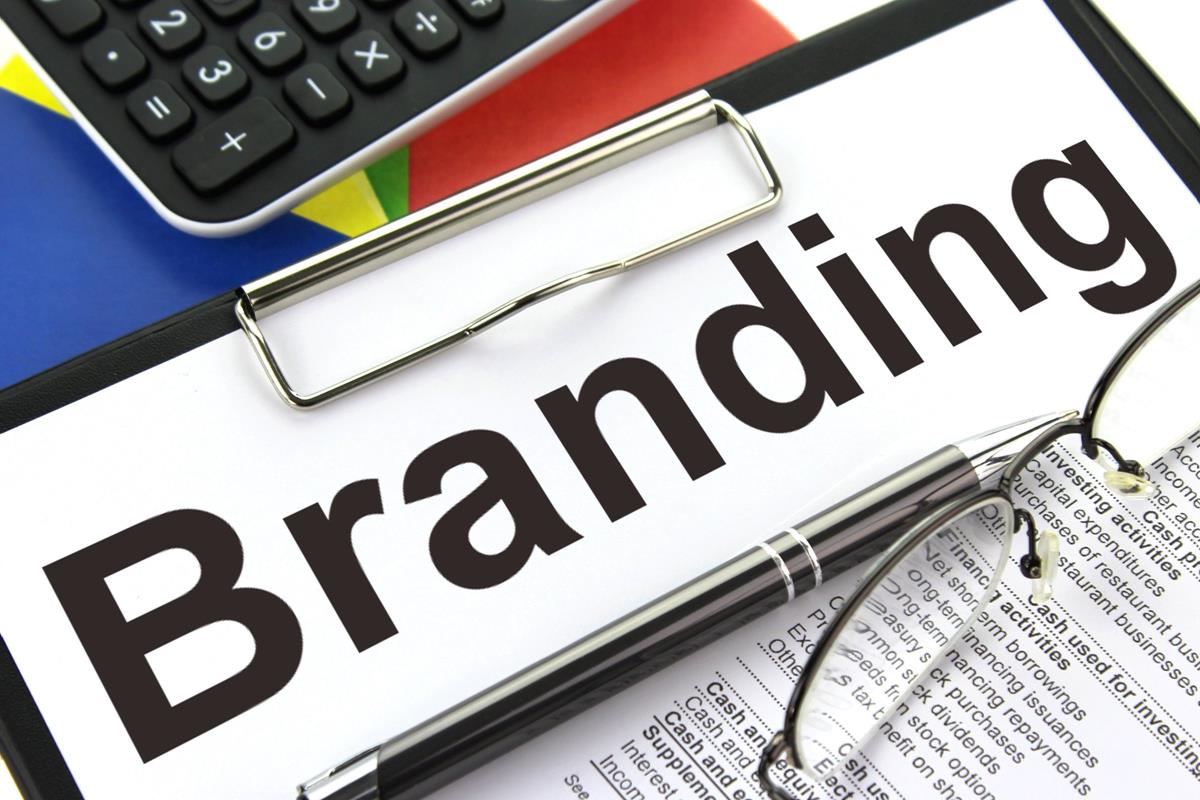In today’s competitive market, a strong brand identity is crucial to standing out and establishing lasting connections with your audience. While a brand is much more than just its logo or color palette, design plays a significant role in communicating who you are, what you stand for, and how you want to be perceived. A powerful brand identity is about creating a cohesive visual system that tells a story and resonates with your audience. Let’s dive into how design can help create a brand identity that leaves a lasting impression.
1. Start with Your Brands Core Values
Before you create a powerful brand identity, it’s essential to understand what your brand stands for. Your brand’s values, mission, and personality should be the foundation of its identity. Are you a tech startup focused on innovation? A lifestyle brand that values sustainability? Knowing these core values will guide every design decision, from the tone of your logo to the colors you use. Your brand’s visuals should consistently reflect your brand’s personality, whether it’s playful and fun, or serious and professional.
2. Design a Memorable Logo
The second step to create a powerful brand identity is creating the logo. The logo is often the first point of contact between a brand and its audience, so it needs to be both memorable and representative of what your brand stands for. A successful logo is simple, versatile, and scalable, able to work across various platforms and media. Whether your logo is typographic or symbolic, it should be easy to recognize at a glance and evoke the essence of your brand.

When creating a logo, think about what emotions and associations you want to trigger in your audience. Nike’s swoosh suggests speed and movement, while Apple’s simple apple shape conveys a sleek, innovative brand. A powerful logo captures the essence of a brand in a way that is both clear and compelling.
3. Selecting a Color Palette
Color is a powerful tool in branding. It evokes emotions, influences perception, and can even drive purchase decisions. When designing your brand’s color palette, consider what feelings and associations each color will bring out to your audience. For instance, blue often communicates trust and reliability, which is why it’s frequently used by financial institutions. Red conveys passion and energy, while green is often linked with nature and sustainability.

A successful color palette doesn’t need to be overly complex. Many iconic brands use only one or two key colors. Coca-Cola’s red and white, for example, are instantly recognizable. Choose a primary color that will become the foundation of your brand identity, along with supporting colors that complement it.
4. Typography Matters
The font or typography you choose for your brand is just as important as your logo and color scheme. Fonts have personalities, and they communicate a lot about your brand’s tone. Serif fonts, for example, often convey tradition and trustworthiness, while sans-serif fonts tend to be more modern and approachable. Handwritten or script fonts can communicate creativity or elegance, depending on the style.
It’s essential to select typography that aligns with your brand’s values and personality. Stick to a font system that is legible across all platforms, from websites to printed materials. Many brands opt for a combination of fonts—one for headings and another for body text—to create hierarchy and structure in their designs.
5. Establishing Consistency Across Touchpoints
One of the most critical aspects of building a powerful brand identity is maintaining consistency across all brand touchpoints. This includes your website, social media profiles, packaging, advertising materials, and even internal communications. Consistency in design builds trust, reinforces brand recognition, and makes it easier for customers to remember and connect with your brand.
To achieve this, create a comprehensive brand style guide that outlines how your logo, colors, typography, and other visual elements should be used. A style guide ensures that whether you’re creating a new marketing campaign or launching a product, your brand identity stays cohesive and recognizable.
6. Crafting a Unique Visual Language
In addition to your logo, colors, and typography, your brand identity should include a broader visual language that differentiates you from competitors. This could include icons, graphic elements, patterns, or imagery that are unique to your brand. These elements help to create a distinct look and feel that your audience will associate with your brand.

For instance, Spotify uses a dynamic combination of green, black, and purple hues, with waveforms and bold typography to give their brand a youthful, energetic vibe. Airbnb’s unique “Bélo” symbol and pastel color scheme, paired with human-centric photography, communicate a sense of belonging and community. Your visual language should be designed to evoke the same feelings and associations consistently across all brand assets.
7. Telling Your Brands Story Through Design
Design is not just about aesthetics; it’s about telling a story. Your brand identity should communicate the journey your brand is on, the values it holds, and the promise it makes to customers. Think of your visual elements as tools to convey a narrative. The imagery you use, the layout of your website, and even the packaging of your product all contributes to how people perceive your brand.
For example, brands like Patagonia and The Body Shop leverage their brand identity to communicate their dedication to sustainability and ethical practices. Their packaging, colors, and imagery often showcase natural elements or promote environmental causes, reinforcing their brand story. Every element of design should align with the larger message you want to communicate.
8. Adapting and Evolving Your Brand Identity
The last step on how to create a powerful brand identity is flexibility. As your brand grows and the market evolves, your brand identity should have room to adapt without losing its core essence. Brands like Google and Starbucks have made subtle adjustments to their logos over time while maintaining the overall identity. This evolution helps brands stay relevant while still being recognizable.
It’s essential to regularly assess how your brand is perceived and be open to refreshing your design elements when necessary. An outdated design can make even the most successful brand feel irrelevant. Ensure your identity evolves alongside your brand’s growth and customer expectations.
To finish off with…
Design plays a crucial role in how your brand is perceived. With a strong visual identity, you can not only build trust and recognition but also foster deep emotional connections with your audience.
